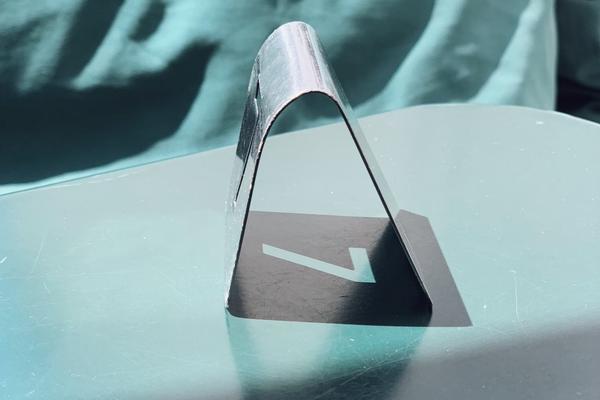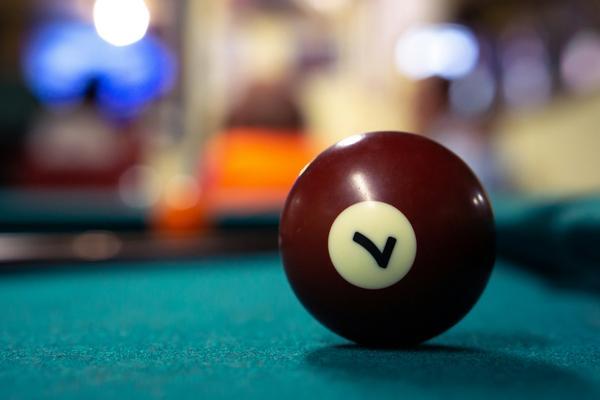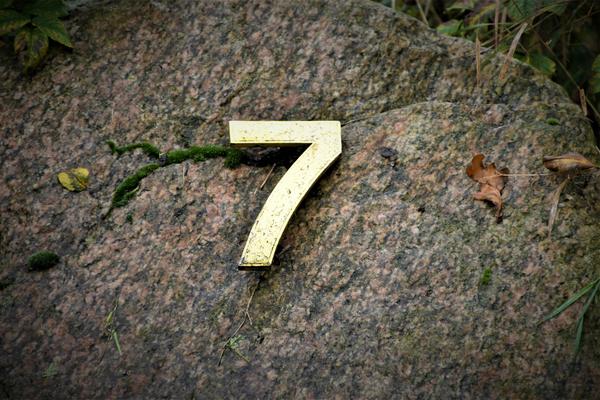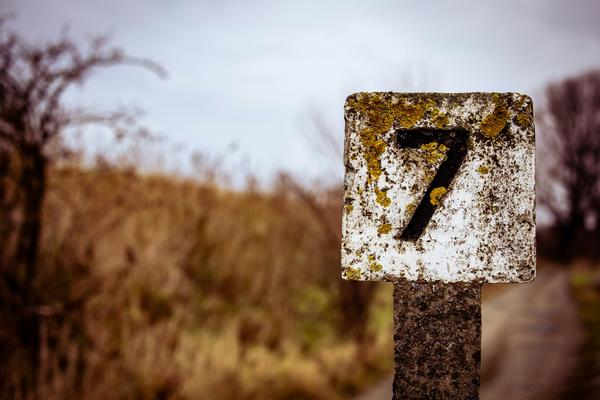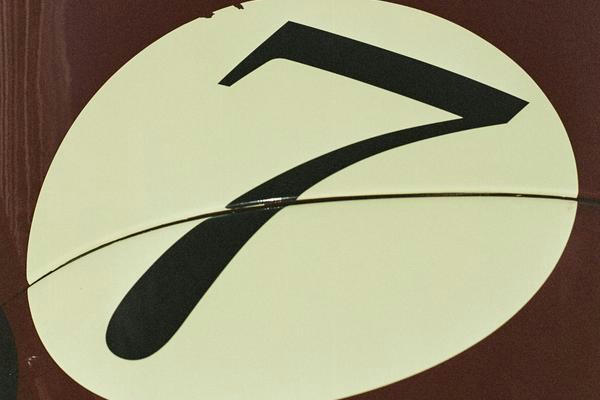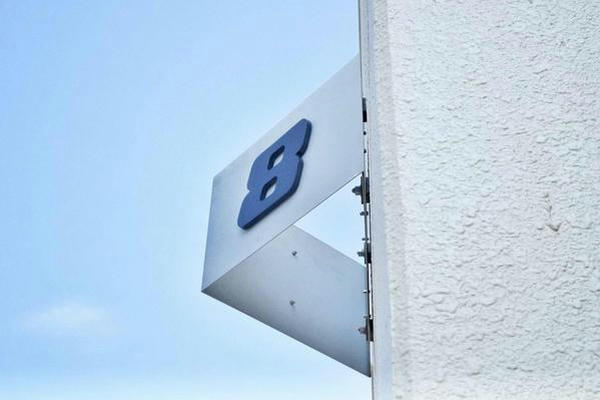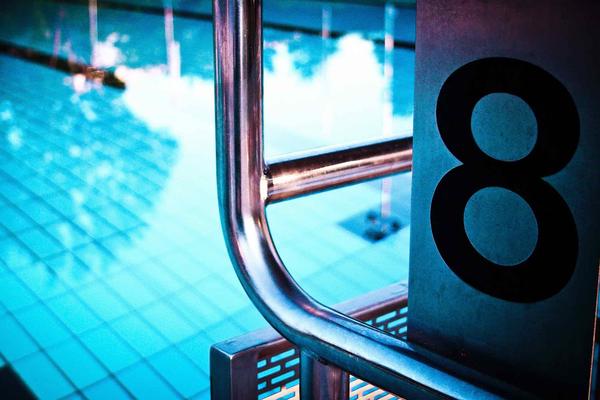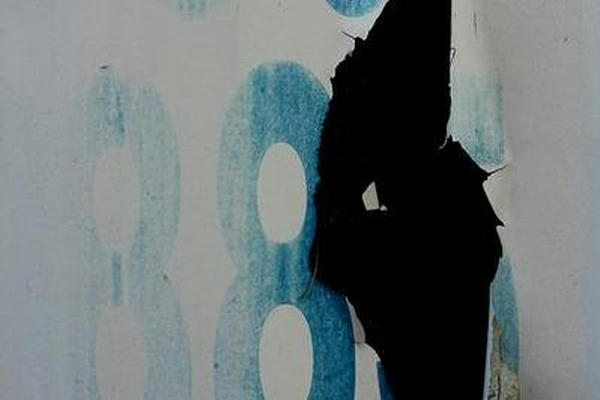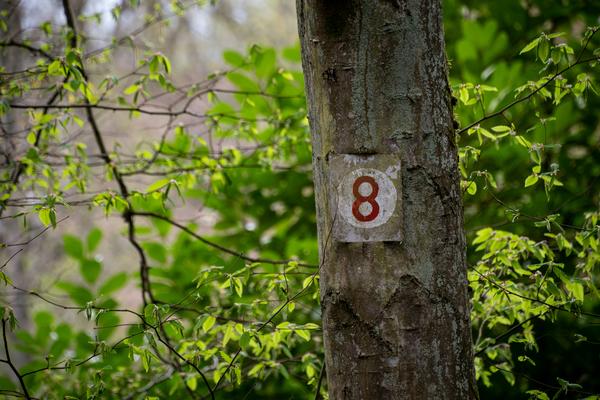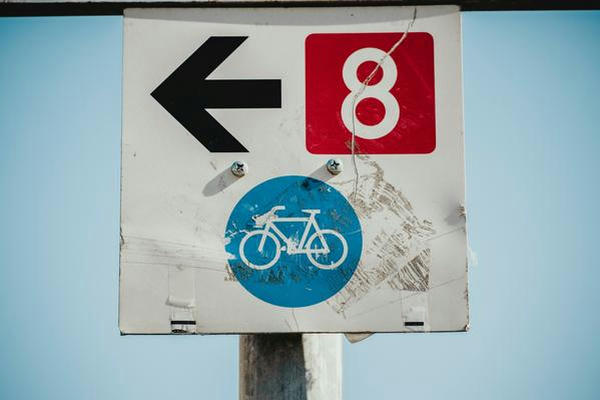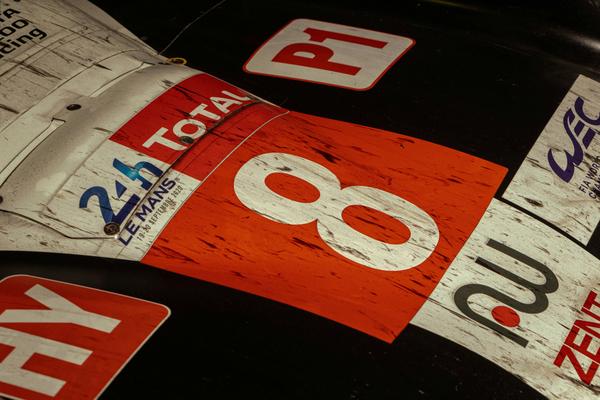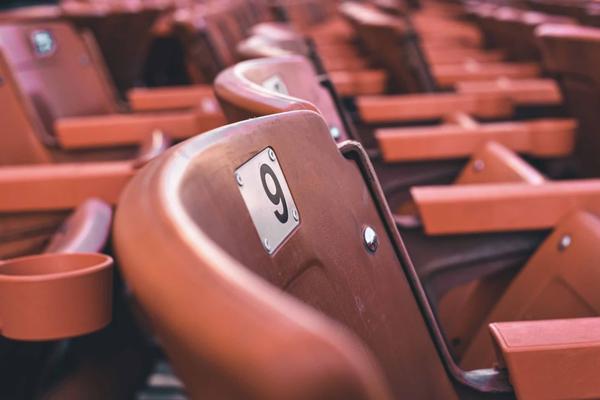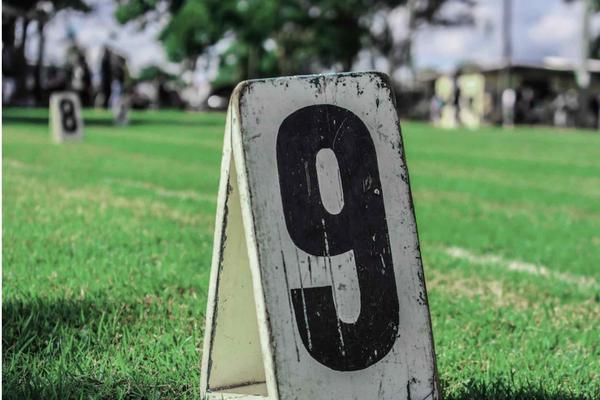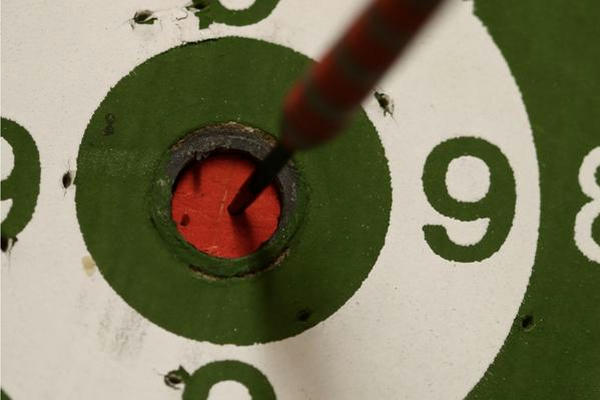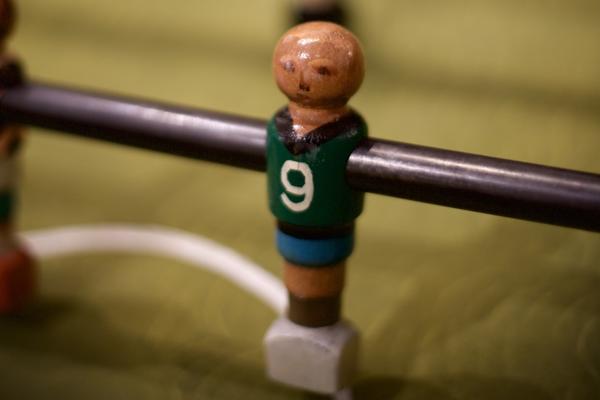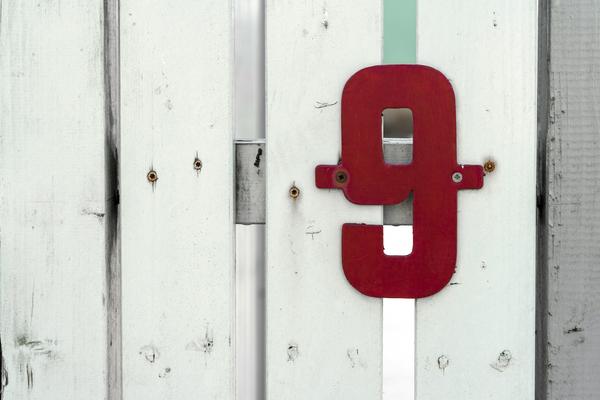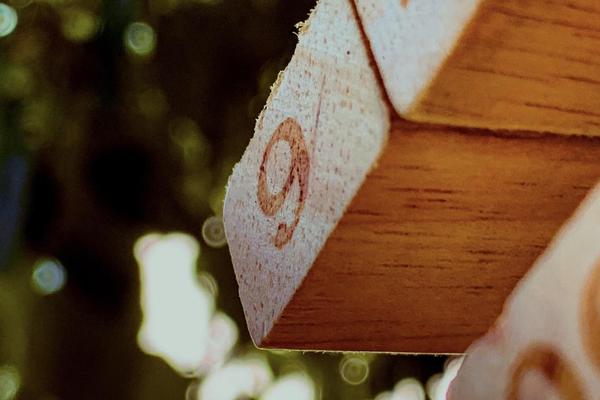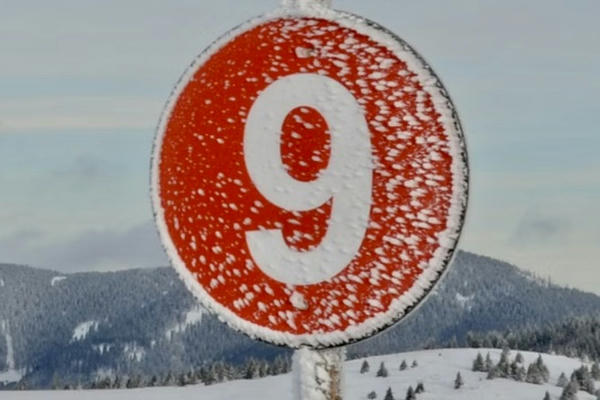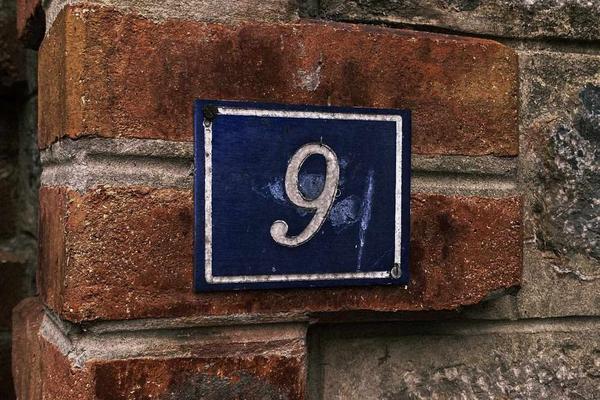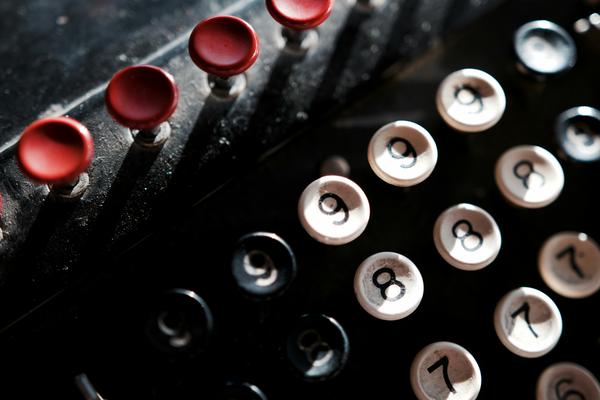KS3 Music Homework And Revision
Specialist vocabulary, notation and listening questions
Progressive listening and appraising resources
Ten questions with a score fragment and embedded clip, exploring tempo, dynamics, instrumental families, melody, rhythm, treble stave - notes in a space, crotchet and quaver note values, timbre, texture and pulse.
Specialist vocabulary, notation and listening questions
Progressive listening and appraising resources
Ten questions with a score fragment and embedded clip, exploring tempo, melody, choir, orchestra, a cappella, solo, soprano and bass voices, stave, timbre, pulse - notes on a line, identifying the highest pitch.
Specialist vocabulary, notation and listening questions
Progressive listening and appraising resources
Ten questions with a score fragment and embedded clip, exploring solo and unison textures, crotchet and minim note values, instrumental families, piano and forte dynamics, stave - notes on a line, phrase, timbre, pitch and pulse.
Specialist vocabulary, notation and listening questions
Progressive listening and appraising resources
Ten questions with a score fragment and embedded clip, exploring metre, timbre, melody and accompaniment, major chords, hearing the number of different pitches in a line and notes written below the stave.
Specialist vocabulary, notation and listening questions
Progressive listening and appraising resources
Ten questions with a score fragment and embedded clip, exploring dynamics, tempo, melodic movement, pulse, parts of the drum kit, number of different pitches, instrument roles, metre and rhythmic patterns.
Specialist vocabulary, notation and listening questions
Progressive listening and appraising resources
Ten questions with a score fragment and embedded clip, exploring dynamics, texture, metre, ostinato, pedal notes, pitches above the stave and tempo changes.
Specialist vocabulary, notation and listening questions
Progressive listening and appraising resources
Ten questions with a score fragment and embedded clip, exploring conjunct and disjunct melodic movement, pitch names, and dynamics in Italian (piano and forte) triads, orchestral timbres and identifying the material they play.
Specialist vocabulary, notation and listening questions
Progressive listening and appraising resources
Ten questions with a rhythm grid and embedded clip, exploring composition devices (ostinato and pedal), note values (crotchet and quaver), identifying rhythmic patterns and matching staff notation with rhythm grids, recognising features of improvisation.
Specialist vocabulary, notation and listening questions
Progressive listening and appraising resources
Ten questions with a score fragment and embedded clip, exploring minim and quaver note values, conjunct and disjunct melodic movement, tempo, harmony, solo and unison textures, number of different pitches, orchestral timbres.
Specialist vocabulary, notation and listening questions
Progressive listening and appraising resources
Ten questions with a score fragment and embedded clip, exploring the timbres of trombone, clarinet, trumpet and double bass, the role of different instrument in context, melody and accompaniment, syncopation, harmony, tempo, pentatonicism, conjunct and disjunct melodic movement, aural and visual comparison.
Specialist vocabulary, notation and listening questions
Progressive listening and appraising resources
Ten questions with a score fragment and embedded clip, exploring triads, melody and intervals, phrase, major and minor harmony, major and minor tonalities, orchestral, choral and brass timbres, using bar numbers to locate features, rhythm spotting and ensemble groupings.
Specialist vocabulary, notation and listening questions
Progressive listening and appraising resources
Ten questions with a score fragment and embedded clip, exploring texture, rhythmic device (dotted), structure, tempo terms in Italian, describing melodic shape and word setting (major, scalic, triadic, melismatic, conjunct), degrees of the scale (tonic, dominant, subdominant), metre, tonality (major or minor).
Specialist vocabulary, notation and listening questions
Progressive listening and appraising resources
Ten questions with a score fragment and embedded clip, exploring texture, structure (ostinato), articulation (legato), a cappella, syncopation, dynamics, idiomatic writing (drum fill), naming pitches, key signature - F# and C#, stepwise motion, role of specific timbres and rhythmic patterns.
Specialist vocabulary, notation and listening questions
Progressive listening and appraising resources
Ten questions with a score fragment and embedded clip, exploring texture (melody and accompaniment, solo), rhythm (syncopation), ostinato, note values, metre (compound), instrumental families, roles of specific timbres.
Specialist vocabulary, notation and listening questions
Progressive listening and appraising resources
Ten questions with a score fragment and embedded clip, exploring the note bend, metre, syncopation, woodwind timbres, note values (including tied notes), comparison of melodic movement, family of instruments and instrumental roles.
Specialist vocabulary, notation and listening questions
Progressive listening and appraising resources
Ten questions with a score fragment and embedded clip, exploring the pentatonic scale, tonality, families of instruments, playing techniques (tremolo), anacrusis, pentatonicism in context, anacrusis in context and 'rare breed' timbres.
Specialist vocabulary, notation and listening questions
Progressive listening and appraising resources
Ten questions with a score fragment and embedded clip, exploring triads, pedal note, phrase, degrees of the scale (tonic, subdominant, dominant), conjunct and disjunct movement, compound metre, combinations of timbres, and tempo and dynamics in Italian.
Specialist vocabulary, notation and listening questions
Progressive listening and appraising resources
Ten questions with a score fragment and embedded clip, exploring degrees of the scale, metre, harmonic devices (pedal note), anacrusis, texture (unison, melody and accompaniment), articulation (legato, staccato, pizzicato).
Specialist vocabulary, notation and listening questions
Progressive listening and appraising resources
Ten questions with a score fragment and embedded clip, exploring the string quartet, rhythm (triplet, dotted), dynamics (crescendo), metre, tempo (rall), naming pitch on stave, playing techniques (pizzicato and arco), ensemble groupings and roles.
Specialist vocabulary, notation and listening questions
Progressive listening and appraising resources
Ten questions with a score fragment and embedded clip, exploring primary and secondary triads in C, harmony (chords I, IV, V and VI), identifying repeating and changing chord progressions, identifying specific timbral roles.
Specialist vocabulary, notation and listening questions
Progressive listening and appraising resources
Ten questions with a score fragment and embedded clip, exploring harmonic language, chord content, melodic shapes (conjunct, triadic and sequential movement), ostinato, phrase, sequence, texture (unison, call and response, melody and accompaniment), tempo change.
Specialist vocabulary, notation and listening questions
Progressive listening and appraising resources
Ten questions with a score fragment and embedded clip, exploring texture (unison, melody and accompaniment), rhythm section forces, playing techniques (note bending), rhythm (swung beat, triplets), instrumental roles, open question (describe) on rhythm.
Specialist vocabulary, notation and listening questions
Progressive listening and appraising resources
Ten questions with a score fragment and embedded clip, exploring rhythmic devices (on and off beat, swung rhythm), texture (call and response, unison), scale types (major, minor, chromatic, pentatonic).
Specialist vocabulary, notation and listening questions
Progressive listening and appraising resources
Ten questions with a score fragment and embedded clip, exploring note values (semibreve, minim, crotchet, quaver) and identifying note lengths aurally, melodic movement (conjunct, disjunct), the purpose of tie marks in notation, chord types (major, minor), open question (describe) on tempo.
Specialist vocabulary, notation and listening questions
Progressive listening and appraising resources
Ten questions with a score fragment and embedded clip, exploring rhythm (syncopation, triplet, onbeat, anacrusis), texture, dynamics, structure, harmony, root position and inverted chords, triads, rhythmic devices and patterns, timbres linked to role.
Specialist vocabulary, notation and listening questions
Progressive listening and appraising resources
Ten questions with a score fragment and embedded clip, exploring texture (melody and accompaniment), extension chords, melodic range, tempo, rhythm (on and off beat), recognising rhythmic patterns and beat location by ear.
Specialist vocabulary, notation and listening questions
Progressive listening and appraising resources
Ten questions with a score fragment and embedded clip, exploring rhythm (anacrusis, dotted), bar counting, movement between tonic and dominant chords by ear, timbre identification.
Specialist vocabulary, notation and listening questions
Progressive listening and appraising resources
Ten questions with a score fragment and embedded clip, exploring melodic movement (conjunct, disjunct), note values (minim, crotchet, quaver, semiquaver) articulation (pizzicato, legato), compositional devices (ostinato, chordal ostinato) texture (octave doubling), recognising a melodic motif, locating widest rising leap, use of the natural sign, and identifying timbre based on role.
Specialist vocabulary, notation and listening questions
Progressive listening and appraising resources
Ten questions with a score fragment and embedded clip, exploring melodic movement (chromatic, sequential), timbre recognition, dynamics, compositional devices (ostinato, sequence, drone, pedal), woodwind instrument types.
Specialist vocabulary, notation and listening questions
Progressive listening and appraising resources
Ten questions with a score fragment and embedded clip, exploring tuned and untuned orchestral percussion, woodwind and brass timbres, melodic movement (sequential, chromatic, conjunct), harmonic devices (pedal note), and rhythmic devices (syncopation, dotting, triplets).



